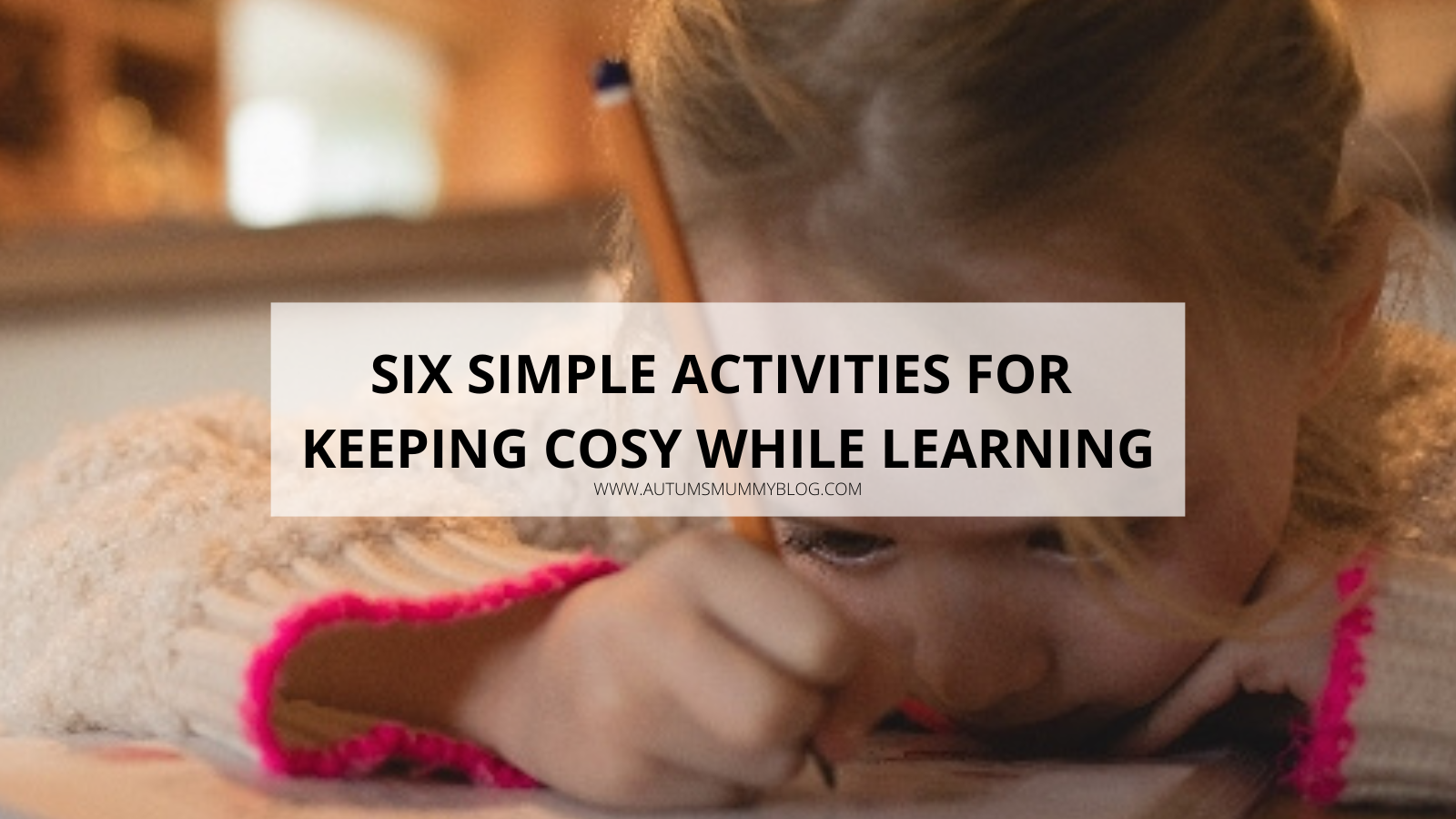
https://unsplash.com/photos/E31OyLefPTs
Collaborative Post¦ There are several factors which can influence how a child learns skills at an early age. Examples include the ability to provide stimulating activities, proactive engagement and appreciating any areas that may need improvement. However, comfort also plays a crucial role.
A recent study carried out by the University of Salford noted that comfort is directly related to how quickly a new task or concept is learned. Children (and indeed students of any age) who are relaxed will be more receptive to the educational process. Of course, some of these may not be possible in a conventional classroom. However, if you have a tutor (try Tutor Hunt for some great ones), they can make the learning experience amazing! They are likewise more likely to remain focused and negative thoughts will not become distractions. Let’s look at six cosy activities that can also promote the learning process.
1. Making a Cup of Hot Chocolate
Every child loves a mug of hot chocolate as a treat. However, the process of making hot chocolate can also be used to illustrate why following rules is important. Children will likewise appreciate concepts such as basic measurements and safety in the kitchen.
2. Creating a Homemade Blanket Fort
This is a particularly fun activity when the temperatures outside begin to drop. Blanket forts can be used to play countless games and children will begin to appreciate how their actions impact the physical environment (such as learning how to place a blanket so that it does not fall down).
Parents can likewise use this opportunity to gauge how well their child performs when forced to think in an abstract manner. These observations can be recorded in an EYFS tracking software application; enabling them to be interpreted at a later date.
3. ASMR Activities
ASMR is an acronym for autonomous sensory meridian response. Without becoming overly technical, ASMR learning involves how a child senses and interacts with various objects and other stimuli. This method can also be quite relaxing and fun. Some interesting suggestions include allowing a child to feel objects of different textures or asking them to identify specific sounds that are emitted through headphones. The theory here is that children will learn faster when they utilise multiple senses.
4. Create Comfortable “Learning Space”
Whether at home or at school, it is always important to ensure that the environment itself is comfortable. Suggestions include (bit are not limited to):
- Moderating the temperature and humidity.
- Using soft lighting fixtures as opposed to fluorescent bulbs.
- Providing access to pillows and blankets.
- Ensuring that chairs are ergonomically designed.
5. Cosy Areas During Breaks
Children should always be rewarded for their efforts. After a learning activity has been completed, allow them to explore a “cosy area”. This location can contain objects such as fluffy stuffed animals, a dollhouse or even a small sofa.
6. A Bit of Downtime
On a final note, children require rest in order to recharge their proverbial batteries. Nap times are therefore great ideas. Provide them with a comfortable means to take a short break. They will inevitably awake refreshed and motivated.
Feel free to implement any of these approaches into your current learning framework. You will be surprised with what comfort can accomplish!
Disclosure: This is a collaborative post.
